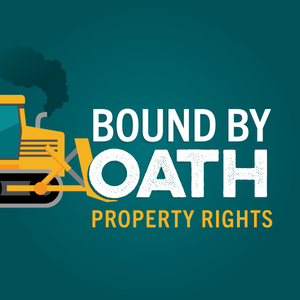
Bound By Oath by IJ
Institute for Justice
Podcast by Institute for Justice
- 1 hour 7 minutesSpecial Weapons and Tactics | Season 3, Ep. 10
In 2020, a police SWAT team blew up Vicki Baker’s house after a fugitive barricaded himself inside. On this episode, we ask: who pays the tab when the government damages or destroys private property for the public good — the unlucky owner or the public as a whole?
Click here for episode transcript.
1 January 2025, 8:30 am - 1 hour 14 minutesPunishment Without Crime | Season 3, Ep. 9
Civil forfeiture is a civil rights nightmare, allowing police and prosecutors to seize billions of dollars’ worth of property annually—cash, cars, houses, bank accounts, and more—without charging anyone with a crime, let alone obtaining a conviction. On this episode, we trace the rise of the modern forfeiture regime in the 1970s and 80s, and we look at forfeiture’s historic roots.
Click here for episode transcript.
30 August 2024, 4:30 pm - 1 hour 5 minutesPublic Purpose | Season 3, Ep. 8
In 2005, in the case of Kelo v. New London, the Supreme Court allowed officials to seize and raze an entire neighborhood of well-maintained homes and businesses in the hopes that someone else could build fancier homes and businesses. According to the dissenters, the majority’s opinion effectively deleted the provision of the U.S. Constitution requiring that takings be for a “public use.” On this episode, we ask: what, if anything, is left of the prohibition on using eminent domain to take property from Person A merely to give it to Person B? And we look at some current litigation that can restore traditional limits on the government’s power of eminent domain.
Click here for transcript.
21 June 2024, 6:42 pm - The Despotic Power | Season 3, Ep. 7
On this episode: Berman v. Parker, the Supreme Court’s decision in 1954 to abandon previous constitutional limits on the government’s power to take property from Person A to give it to Person B. The decision greenlit the era of urban renewal, which saw over a thousand cities across the country seize and bulldoze entire neighborhoods en masse.
Click here for episode transcript.
7 June 2024, 11:30 am - 44 minutes 33 secondsThis is Mine | Season 3, Ep. 6
On this episode, we take a break from case law and go way back to the beginning to examine the origins and justifications of private property.
Click here for episode transcript.
26 April 2024, 5:53 pm - 1 hour 1 minuteThe Blessings of Quiet Seclusion | Season 3, Ep. 5
On this episode we return to the subject of zoning. With the doors to federal courthouses barred shut, advocates for reforming zoning have turned to state courts and state constitutions. Most famously, in 1975, the New Jersey Supreme Court took a look at a zoning ordinance that made it illegal to build low- and moderate-income housing in the township of Mount Laurel and said in no uncertain terms: enough. But the story of the Mount Laurel doctrine, which calls for municipalities to do their fair share to meet the regional demand for affordable housing, is not all milk and honey. Additionally, we take a look at some current efforts in other states to protect property rights under state constitutions.
Click here for Open Fields Conference
Click here for episode transcript.
Mount Laurel I (1975) and Mount Laurel II (1983)
5 April 2024, 5:41 pm - 53 minutes 10 secondsA Pig in a Parlor | Season 3, Ep. 4
In 1926, in the case of Euclid v. Ambler, the Supreme Court upheld zoning, giving elected officials and city planners vast, new, and largely unchecked power to tell people what they can and cannot do with their own private property. On this episode: the story of the lawsuit that changed everything for American property rights plus the personalities who made it happen.
Click here for episode transcript.
Euclid v. Ambler (Supreme Court opinion)
Ambler v. Euclid (district court opinion)
16 February 2024, 5:22 pm - 36 minutes 44 secondsA Lost World | Season 3, Ep. 3
On Episode 3, we journey back to a lost world: the world before zoning. And we take a look at a trio of historic property rights cases. In In re Lee Sing, San Francisco officials tried to wipe Chinatown off the map. In Buchanan v. Warley, Louisville, Ky. officials mapped out where in the city residents were allowed to live based on their race. And in Hadacheck v. Sebastian, a Los Angeles city councilman sought to use the police power to protect his real estate investments.
Click here for transcript.
19 January 2024, 4:59 pm - 1 hour 12 minutesGroping in a Fog | Season 3, Ep. 2
In 1922, Scranton, Pennsylvania was said to be on the verge of collapsing into the vast coal mines beneath the city; residents, buildings, and streets alike were being swallowed up by “suddenly yawning chasms.” State legislators responded by unanimously passing a law meant to save the region, where about a million people lived, from total desolation. But when the law reached the Supreme Court, the justices struck it down, ruling that it would be an unconstitutional “regulatory taking” to force coal companies to leave their coal in the ground. On this episode, we go to nearby Pittston, Pennsylvania to find out what happened to the house at the center of the case. Did it—or Scranton—fall into the pits? After that, we trace the major developments in regulatory takings doctrine, which protect against regulations that go “too far.” But we wind up in a bit of a fog. Plus! This episode will have an unsolved murder—and some Supreme Court trivia: did you know a future Supreme Court justice argued the case on behalf of Scranton (at least in state court)?
Click here for transcript.
21 December 2023, 8:40 pm - 1 hour 6 minutesMr. Thornton’s Woods | Season 3, Ep. 1
In 1984, the Supreme Court ruled that the Fourth Amendment’s protections against warrantless searches do not apply to “open fields.” Which means that government agents can jump over fences, ignore No Trespassing signs, and roam private land at will. There are no limits. On this episode, we talk to Richard and Linda Thornton, whose property in rural Maine was at the center of the case. And we ask: Can the Founders really have thought the Constitution did not protect private woods, fields, farms, and more from warrantless invasions?
Click here for transcript.
8 December 2023, 12:10 pm - 3 minutes 28 secondsSeason 3 Teaser
Season 3 of Bound By Oath is coming soon!
Click here for transcript.
20 November 2023, 4:55 pm - More Episodes? Get the App
Your feedback is valuable to us. Should you encounter any bugs, glitches, lack of functionality or other problems, please email us on [email protected] or join Moon.FM Telegram Group where you can talk directly to the dev team who are happy to answer any queries.
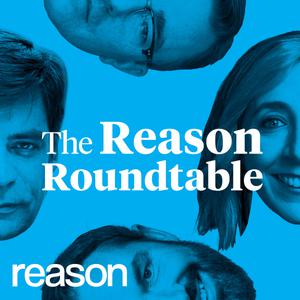 The Reason Roundtable
The Reason Roundtable
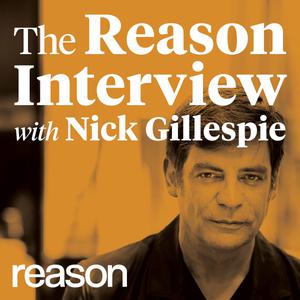 The Reason Interview With Nick Gillespie
The Reason Interview With Nick Gillespie
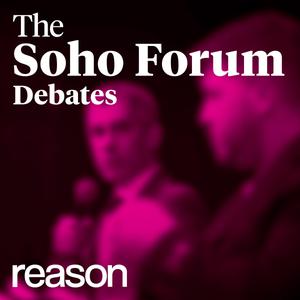 The Soho Forum Debates
The Soho Forum Debates
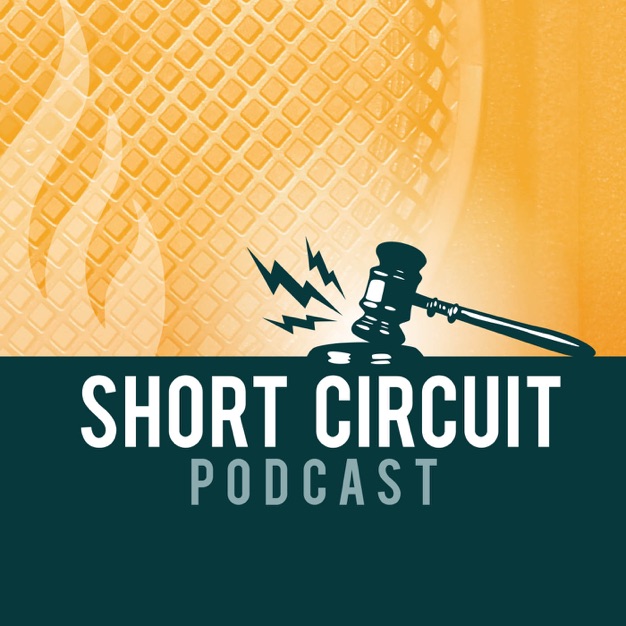 Short Circuit
Short Circuit